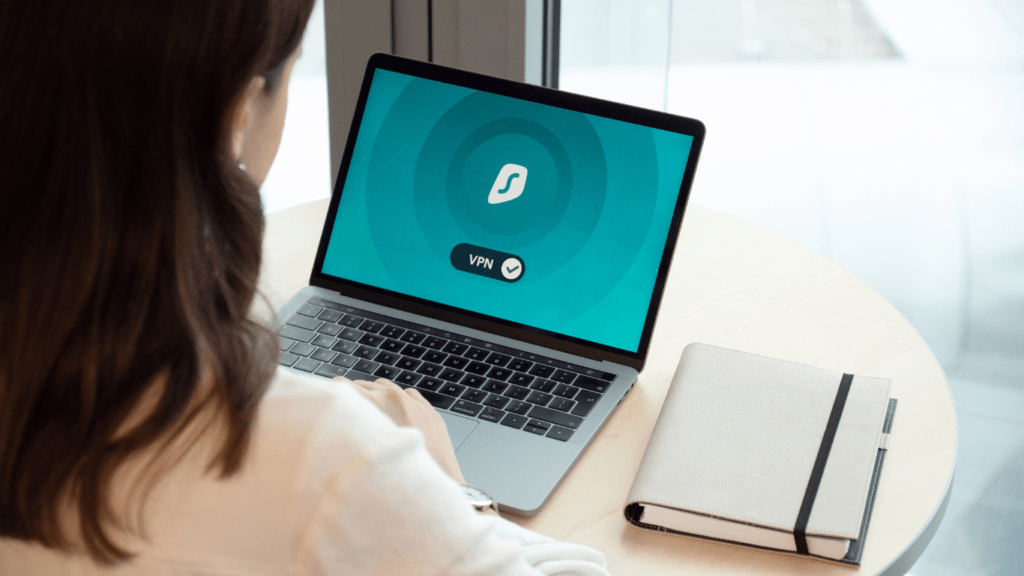In today’s digital age, safeguarding your online assets is more crucial than ever. As a seasoned blogger with a wealth of experience in cybersecurity, I understand the importance of protecting your digital identity from malicious phishing attacks.
Cybercriminals are constantly devising new strategies to trick unsuspecting individuals into divulging sensitive information, making it essential to stay vigilant and informed. In this article, I’ll share expert insights and practical tips on how you can fortify your defenses against phishing attempts.
From recognizing common phishing tactics to implementing robust security measures, I’ll guide you through the proactive steps you can take to secure your digital assets effectively. By staying informed and proactive, you can significantly reduce the risk of falling victim to cyber threats and safeguard your valuable online information.
Understanding Phishing Attacks
Phishing attacks are deceptive strategies used by cybercriminals to trick individuals into disclosing sensitive information, such as passwords, bank account details, or personal data. These attacks often involve emails or messages that appear to be from legitimate sources, aiming to lure recipients into providing confidential information unknowingly.
To recognize phishing attempts, it’s essential to pay attention to red flags like unfamiliar sender addresses, urgent requests for personal information, or suspicious links leading to fake websites. By being cautious and verifying the authenticity of messages before taking any action, individuals can mitigate the risks associated with phishing attacks and safeguard their digital assets effectively.
Importance of Protecting Digital Assets
In today’s digital landscape, safeguarding our online assets is crucial to protect sensitive information from falling into the wrong hands. As cyber threats, particularly phishing attacks, continue to evolve, staying vigilant is more important than ever.
Phishing scams often masquerade as authentic communications, luring individuals into revealing confidential data like passwords and financial details. Remaining cautious and recognizing the signs of phishing attempts are essential steps in fortifying our online defenses.
Key indicators include suspicious email addresses, unexpected requests for personal data, and dubious links within messages. By staying alert and verifying the legitimacy of communications, we can significantly reduce the likelihood of falling victim to these malicious schemes and enhance the security of our digital assets.
By emphasizing the significance of proactive measures against phishing attacks, we equip ourselves with the knowledge and tools needed to thwart cyber threats effectively. Strengthening our defenses and implementing best practices not only safeguards our digital identities but also fosters a safer online environment for all users.
It’s essential to take steps to protect our digital assets proactively to minimize vulnerabilities and preserve the integrity of our online presence.
Common Types of Phishing Attacks
Phishing attacks come in various forms, each designed to deceive individuals and compromise their digital assets. Understanding the common types of phishing attacks can help us recognize and combat these threats effectively.
Spear Phishing
Spear phishing is a targeted form of phishing that involves personalized messages to specific individuals or organizations. Attackers gather information about their targets to create convincing emails or messages that appear legitimate.
By addressing recipients by name or using familiar details, spear phishing aims to trick individuals into disclosing confidential information.
Whaling
Whaling, also known as CEO fraud, targets high-profile individuals within an organization, such as executives or key decision-makers. Cybercriminals impersonate company leaders to request sensitive data or financial transactions.
Whaling attacks capitalize on the authority and credibility of top executives to manipulate employees into complying with fraudulent requests.
Pharming
Pharming attacks redirect users from legitimate websites to malicious ones without their knowledge. By exploiting vulnerabilities in DNS servers or malware on the victim’s device, cybercriminals reroute traffic to fake websites designed to collect sensitive information. Pharming poses a significant threat as users may not realize they are on a fraudulent site, increasing the likelihood of data theft.
Best Practices for Digital Asset Protection
In safeguarding digital assets against phishing attacks, incorporating robust security measures is crucial. Staying vigilant and adhering to best practices significantly enhance online safety. Here are some key strategies to protect your valuable digital assets:
- Strengthen Password Security
- Use complex passwords with a combination of letters, numbers, and special characters.
- Avoid using the same password for multiple accounts.
- Consider using a reputable password manager to securely store and manage your passwords.
- Enable Two-Factor Authentication (2FA)
- Activate 2FA whenever possible for an added layer of security.
- This feature typically requires users to provide a second form of verification, such as a code sent to their mobile device, in addition to entering their password.
- Be Cautious with Emails and Messages
- Avoid clicking on suspicious links or downloading attachments from unknown sources.
- Verify the authenticity of emails, especially those requesting sensitive information or urgent actions.
- Keep Software Updated
- Regularly update your operating system, antivirus software, and applications to patch vulnerabilities.
- Enable automatic updates where available to ensure you have the latest security patches.
- Educate Yourself and Stay Informed
- Stay informed about the latest phishing trends and tactics used by cybercriminals.
- Educate yourself and your team on how to recognize phishing attempts and report suspicious activities promptly.
By following these best practices, individuals can fortify their defenses against phishing attacks and mitigate the risks associated with potential security breaches. Proactive measures and a security-conscious mindset are essential in safeguarding digital assets in today’s rapidly evolving digital landscape.


 under of Lend Crypto Volt, is a key figure in the cryptocurrency revolution. With a strong passion for technology and finance, he created this platform to empower users with essential insights into the evolving crypto market. Jacker’s commitment to delivering timely news and practical risk management advice reflects his dedication to building a secure and informed community, making Lend Crypto Volt an invaluable resource for both seasoned investors and newcomers alike.
under of Lend Crypto Volt, is a key figure in the cryptocurrency revolution. With a strong passion for technology and finance, he created this platform to empower users with essential insights into the evolving crypto market. Jacker’s commitment to delivering timely news and practical risk management advice reflects his dedication to building a secure and informed community, making Lend Crypto Volt an invaluable resource for both seasoned investors and newcomers alike.